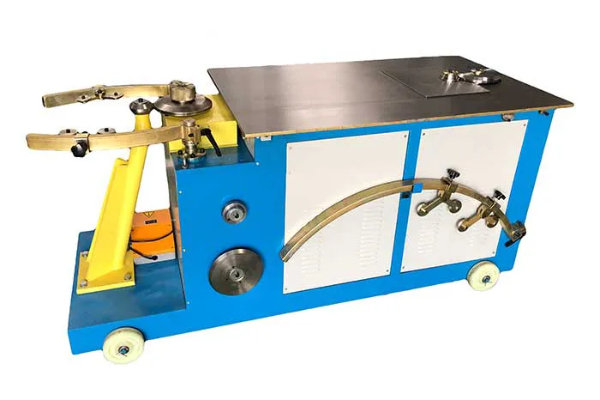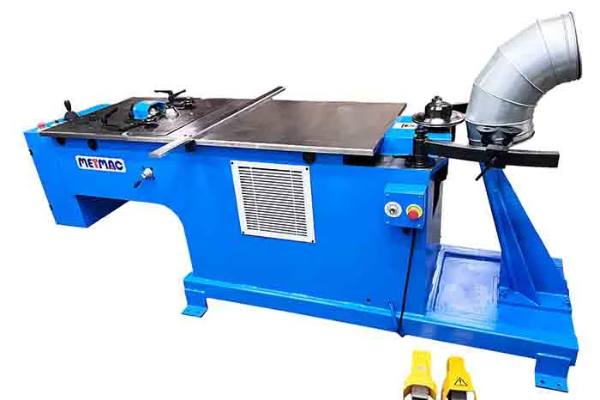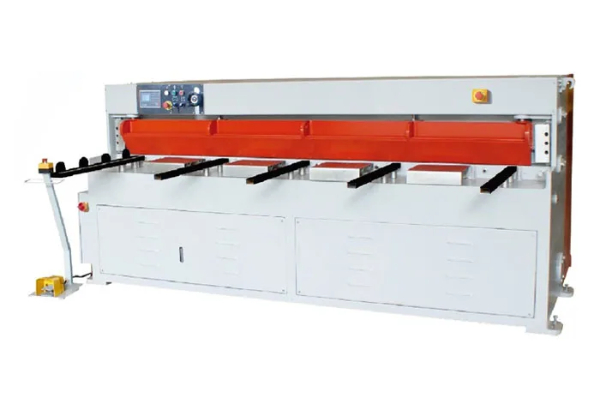
Customization Options in Sheet Roll Forming Machine Design
- By:Metmac
- 2024-06-13
- 80
Sheet roll forming machines are essential in various industries for shaping sheet metal into complex profiles. These machines offer versatility and efficiency in producing intricate metal components. However, each manufacturing process and application requires specific requirements. To cater to these diverse needs, sheet roll forming machines can be customized to optimize their performance and meet specific demands.
Roll Stand Configurations
The roll stand configuration plays a crucial role in determining the capabilities of a sheet roll forming machine. It includes the number of roll stands, their spacing, and the orientation of the rolls. Common configurations include single-stand, two-high, and four-high roll stands. The selection of the stand configuration depends on the complexity of the profile, material thickness, and desired production speed.
Roll Design
The design of the rolls is another key aspect of customization. Rolls are manufactured in various shapes, sizes, and materials. The shape of the rolls determines the profile of the formed sheet metal. Different roll profiles can create complex bends, flanges, and curves. The size of the rolls is determined by the thickness and width of the sheet metal being processed. The material of the rolls influences the durability and wear resistance of the machine.
Accessories and Attachments
Accessories and attachments enhance the functionality and efficiency of sheet roll forming machines. These include coil feeders, straighteners, and cut-off devices. Coil feeders ensure a continuous supply of sheet metal to the forming rolls. Straighteners remove any curvature or distortion from the sheet metal before forming, resulting in precise and consistent profiles. Cut-off devices precisely cut the formed sheet metal to desired lengths.
Automation and Control
Automation and control systems enable sheet roll forming machines to operate with minimal human intervention. Programmable logic controllers (PLCs) manage the machine’s functions, including speed, pressure, and temperature. Sensors and feedback loops monitor the process and adjust parameters to maintain optimal conditions. Automation reduces downtime, increases productivity, and improves product quality.
Material Handling
Material handling systems facilitate the efficient movement of sheet metal through the roll forming process. These systems include conveyors, stackers, and unloaders. Conveyors transport the sheet metal from the coil feeder to the forming rolls and through the machine. Stackers collect the formed sheet metal into stacks for easy storage and handling. Unloaders remove the finished product from the machine.
Conclusion
Customization options in sheet roll forming machine design empower manufacturers to tailor the machines to their specific requirements. By carefully considering roll stand configurations, roll design, accessories, automation, and material handling, businesses can optimize their production processes, enhance product quality, and gain a competitive edge in their industries. With the right customization options, sheet roll forming machines become versatile tools capable of meeting the demands of a wide range of manufacturing applications.
-
Reliable Sheet Metal Equipment for Sale to Support Precision Fabrication
2025/07/17 -
Advanced Duct Machine AC and Fabrication Solutions from Metmac
2025/07/12 -
The Advantages of Using a Sheet Roll Forming Machine in Manufacturing
2024/09/14 -
How to Optimize Your Laser Sheet Cutting Machine for Maximum Performance
2024/09/12
-
Innovative Solutions from Leading Duct Machine Manufacturers
2025/07/21 -
Efficient Sheet Metal Fabrication with Advanced Duct Folding and Beading Machines
2025/07/21 -
High-Quality Duct Grooving and Sealing Machines for Efficient HVAC Manufacturing
2025/07/21 -
Advanced Sheet Metal Machinery for Precision Fabrication
2025/07/17
-
A Guide to the Latest Innovations in Sheet Metal Folding Machines
2024/11/29 -
Key Features to Consider When Investing in a Sheet Metal Folding Machine
2024/11/28 -
Enhancing Precision with Advanced Sheet Metal Folding Machines
2024/11/27 -
How to Choose the Right Sheet Metal Folding Machine for Your Workshop
2024/11/26





